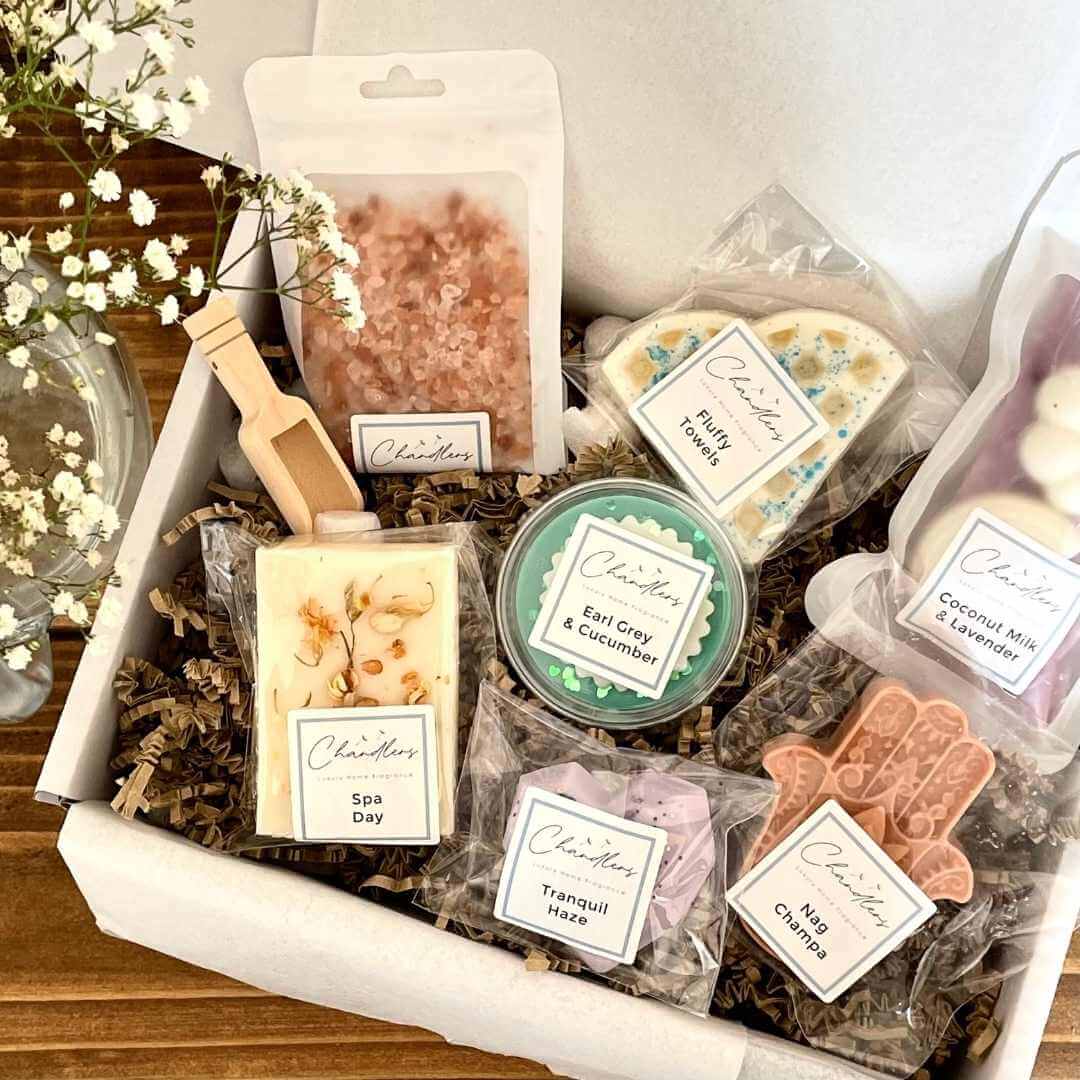Wax melts are a popular choice for filling homes with delightful scents, offering a safer and longer-lasting alternative to candles. One of the most important aspects of crafting quality wax melts is selecting the right wax. In this comprehensive guide, we will explore the various types of waxes available for wax melts, examining their benefits, drawbacks, and optimal uses. By the end, you will be well-equipped to choose the best wax for your wax melts and create aromatic masterpieces that suit your preferences.
1. Understanding the Different Types of Wax
Before diving into the specific options available, it’s crucial to understand the most common types of wax used for wax melts. These include paraffin wax, soy wax, beeswax, palm wax, and blends. Each type offers unique characteristics and has its own set of advantages and limitations. Let’s explore each one in more detail.
2. Paraffin Wax: The Traditional Choice
Paraffin wax has long been the go-to choice for wax melts due to its affordability and versatility. It holds fragrance well, allowing for strong and consistent scent throw. Additionally, it melts smoothly and is easy to work with. However, paraffin wax is derived from petroleum, making it less eco-friendly than other options. Some individuals may also experience sensitivity to paraffin wax due to its chemical composition.
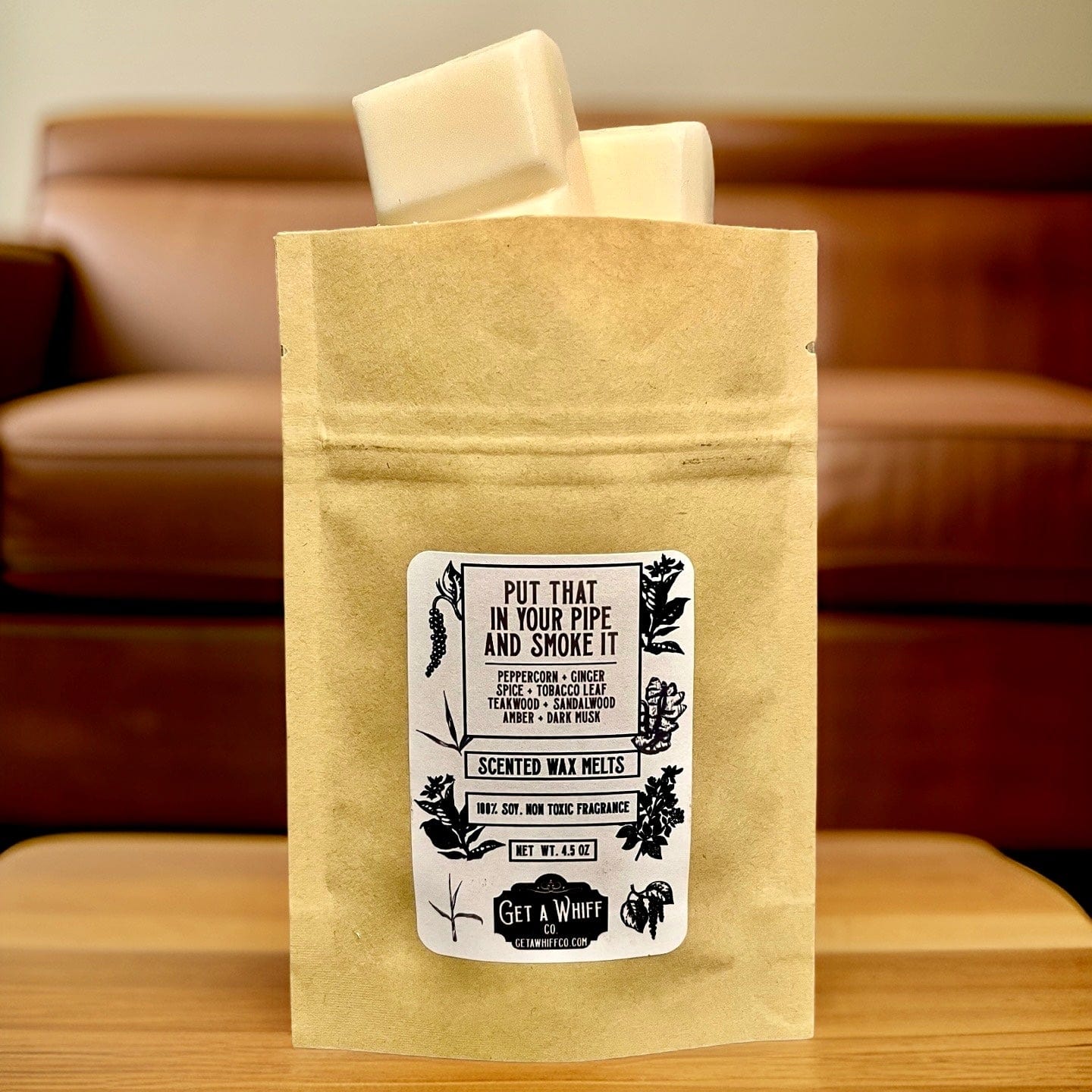
3. Soy Wax: An Eco-Friendly Alternative
Soy wax is a natural and renewable option derived from soybean oil. It is a popular choice for those who prioritize sustainability and prefer a cleaner burning wax. Soy wax has a slower burn rate, allowing for a longer-lasting scent experience. However, it may not hold fragrance as strongly as paraffin wax and can be more prone to frosting and cracking. Proper blending and curing techniques can help mitigate these issues.
4. Beeswax: A Luxurious Option
Beeswax is a premium choice known for its natural, subtle fragrance and beautiful golden color. It is non-toxic and produces minimal soot when burned. Beeswax holds fragrance well, but its high cost can be a deterrent for some. It also has a higher melting point, which may require adjustments in your wax warmer settings.
5. Palm Wax: A Unique Aesthetic
Palm wax is another natural option derived from palm oil. It offers a unique crystalline appearance that can add visual interest to your wax melts. Palm wax holds fragrance well and burns cleanly. However, its production can raise environmental concerns due to deforestation linked to palm oil cultivation. If you choose palm wax, look for sustainably sourced options.
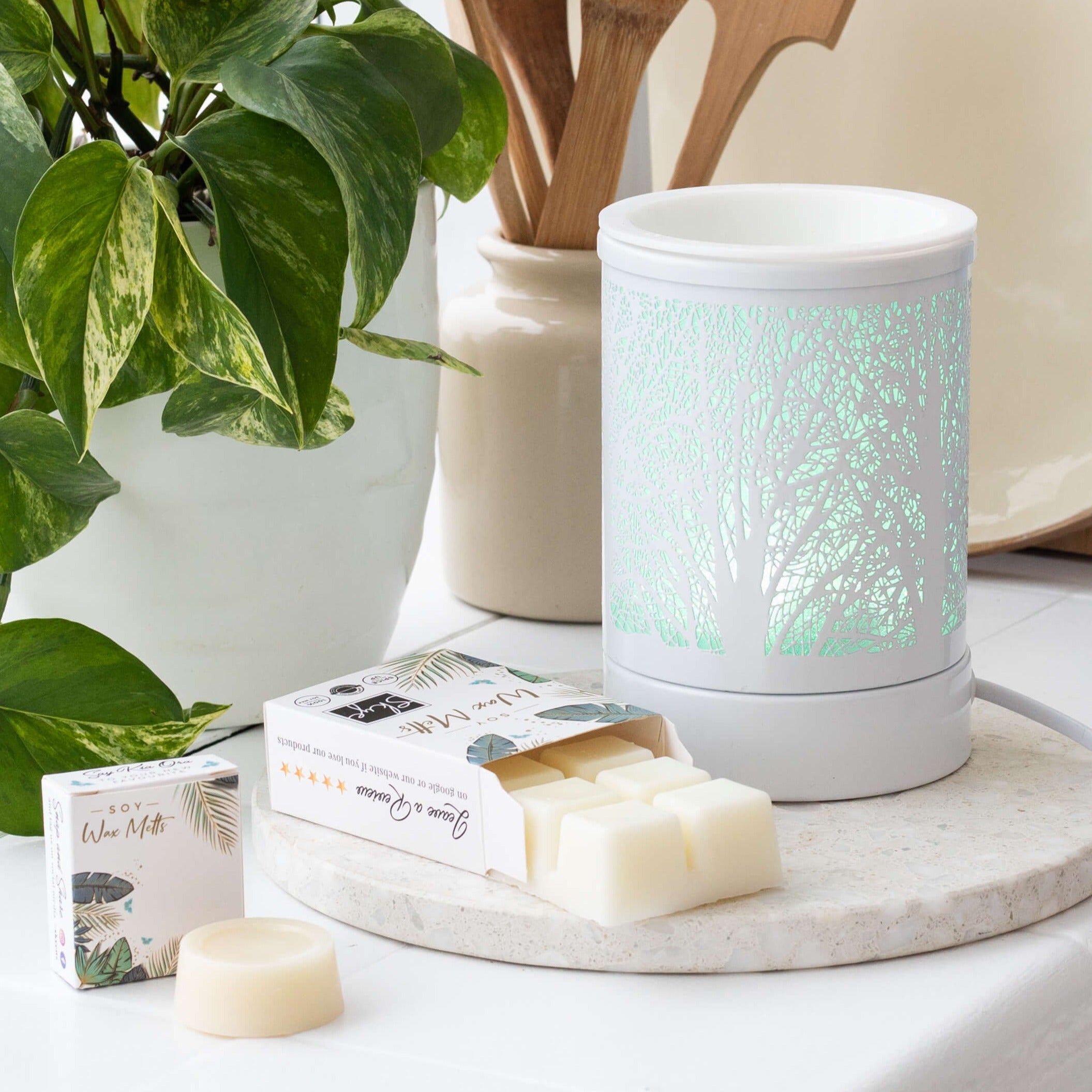
6. Wax Blends: Combining the Best of Both Worlds
Wax blends combine different types of wax to create a product that offers the benefits of each. Common blends include paraffin and soy or paraffin and beeswax. Blending waxes can result in an improved fragrance throw, better melting characteristics, and an enhanced overall appearance. Experimenting with different blends can help you find the perfect balance for your wax melts.
7. How to Choose the Best Wax for Your Wax Melts
When choosing the best wax for your wax melts, consider your personal preferences and priorities. If eco-friendliness is a priority, soy or beeswax may be your top choices. If you prioritize strong scent throw, paraffin wax or blends may be ideal. Consider your budget and the aesthetic you want to achieve. Testing different waxes and blends can help you find the perfect fit.
8. Tips for Working with Wax
Regardless of the wax you choose, there are some general tips to keep in mind when working with wax:
- Temperature Control: Monitor and control the melting and pouring temperatures to avoid issues like cracking, frosting, or poor scent throw.
- Fragrance Load: Pay attention to the recommended fragrance load for your chosen wax to achieve the best scent results without compromising the wax’s integrity.
- Curing Time: Allow your wax melts to cure for the recommended time before using them. This helps the fragrance bond with the wax for optimal scent throw.
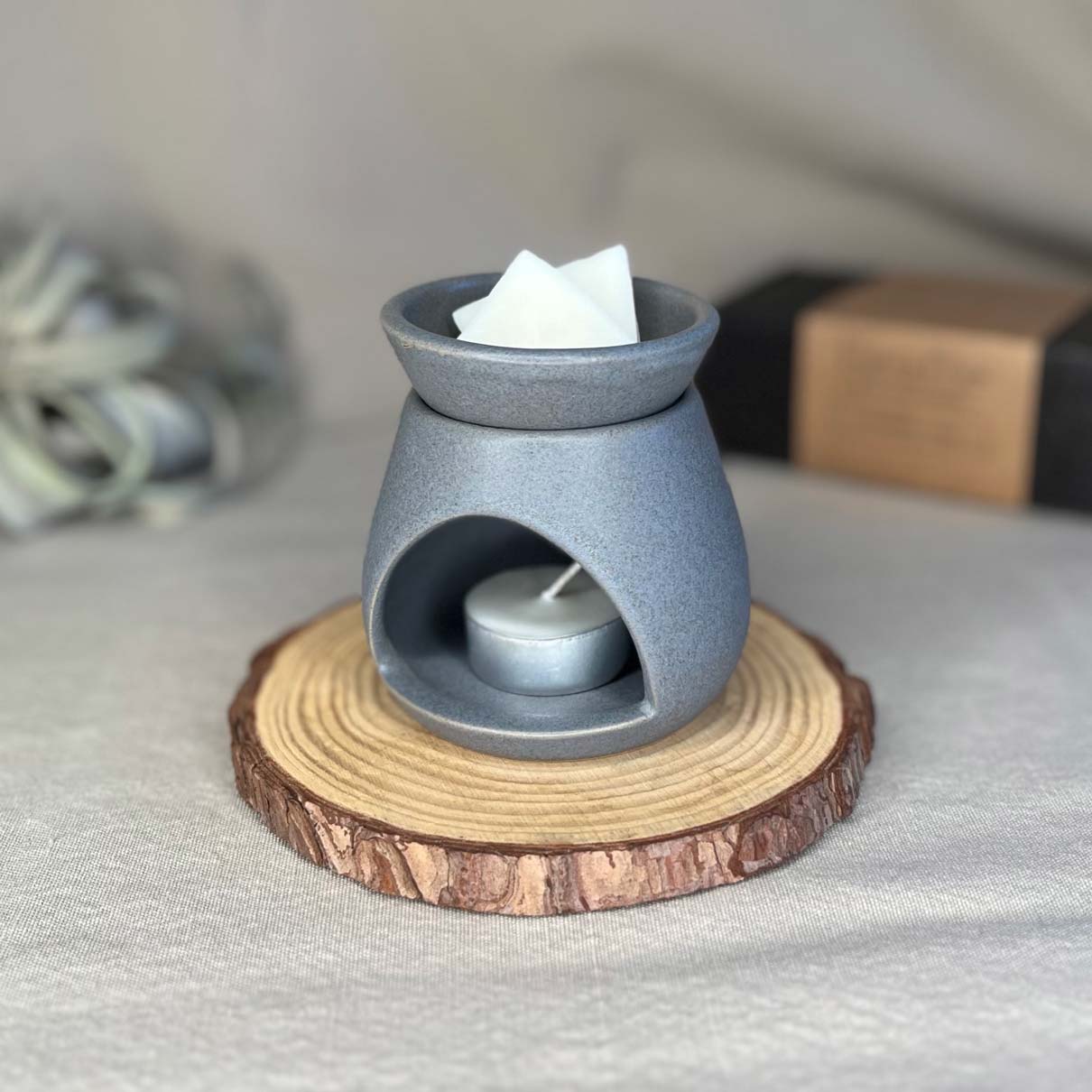
9. Conclusion: Create Your Perfect Wax Melts
Choosing the best wax for your wax melts is a personal journey that depends on your preferences and priorities. By understanding the unique characteristics of different waxes, you can experiment and find the perfect combination that meets your needs. Whether you opt for traditional paraffin, eco-friendly soy, luxurious beeswax, unique palm wax, or a blend, the right wax will help you create aromatic masterpieces that enhance your home and reflect your style.
10. Start Your Wax Melt Journey
Now that you have a comprehensive understanding of the different types of wax for wax melts, you’re ready to start your own journey. Experiment with various waxes, blends, and fragrances to create personalized wax melts that bring joy and comfort to your space. Enjoy the process and the wonderful scents that await!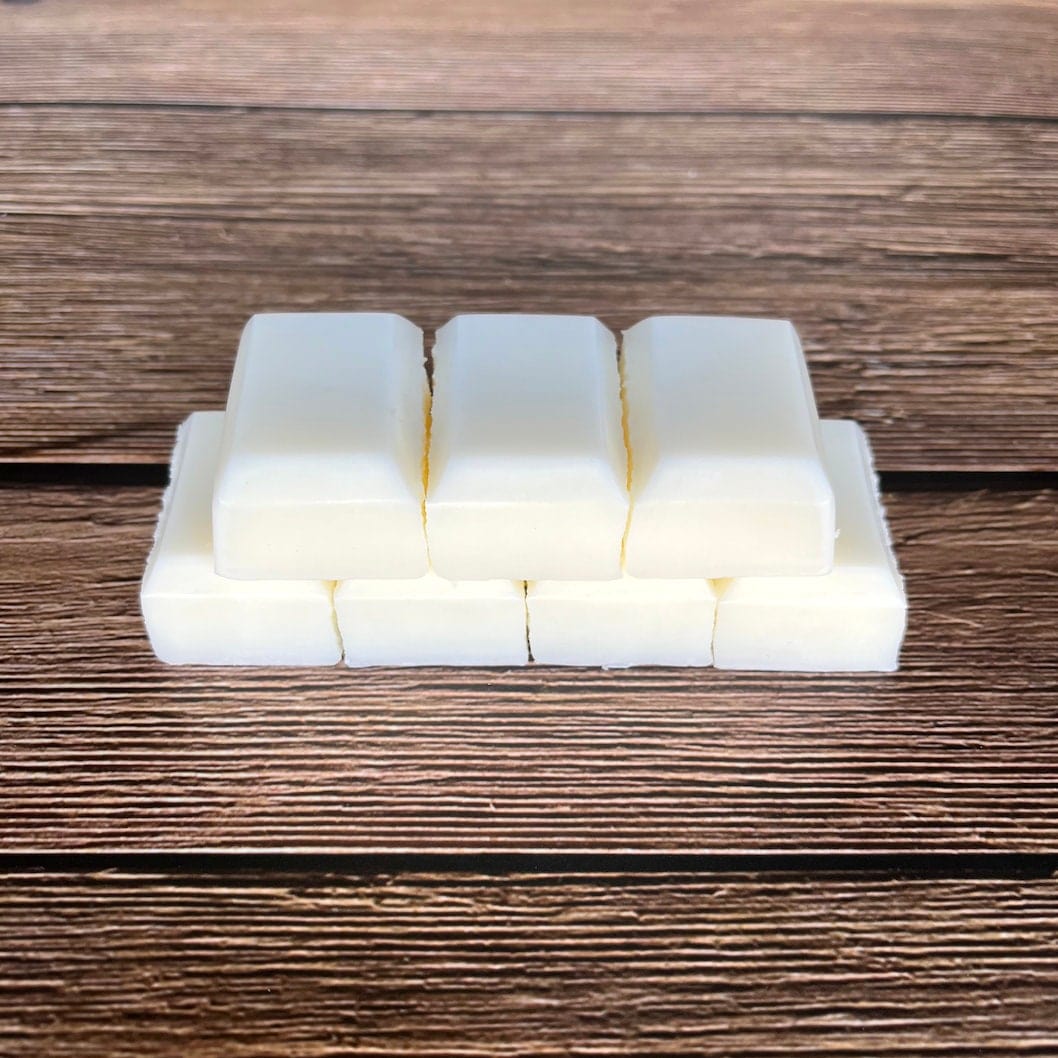
11. Fragrance Selection: Enhancing Your Wax Melts
Choosing the right fragrance is just as important as selecting the perfect wax for your wax melts. The scent you choose can set the mood, evoke memories, and create a welcoming atmosphere in your home. Here are some tips for selecting and blending fragrances for your wax melts:
- Single Note vs. Complex Blends: Decide whether you want to use single-note fragrances, such as lavender or vanilla, or create more complex blends by combining multiple scents. Experiment with different combinations to find the perfect balance of aromas.
- Seasonal Themes: Tailor your fragrance selection to the seasons and holidays. Fresh and floral scents may be ideal for spring and summer, while warm and spicy fragrances can add coziness during fall and winter.
- Consider Your Audience: Keep your audience in mind when selecting fragrances. Consider their preferences, sensitivities, and any potential allergies.
Consider incorporating seasonal themes into your fragrance selection to enhance the ambiance of your space. For spring and summer, opt for light and refreshing scents like citrus, jasmine, or ocean breeze to evoke feelings of freshness and vitality. These fragrances can uplift your mood and create a vibrant atmosphere in your home.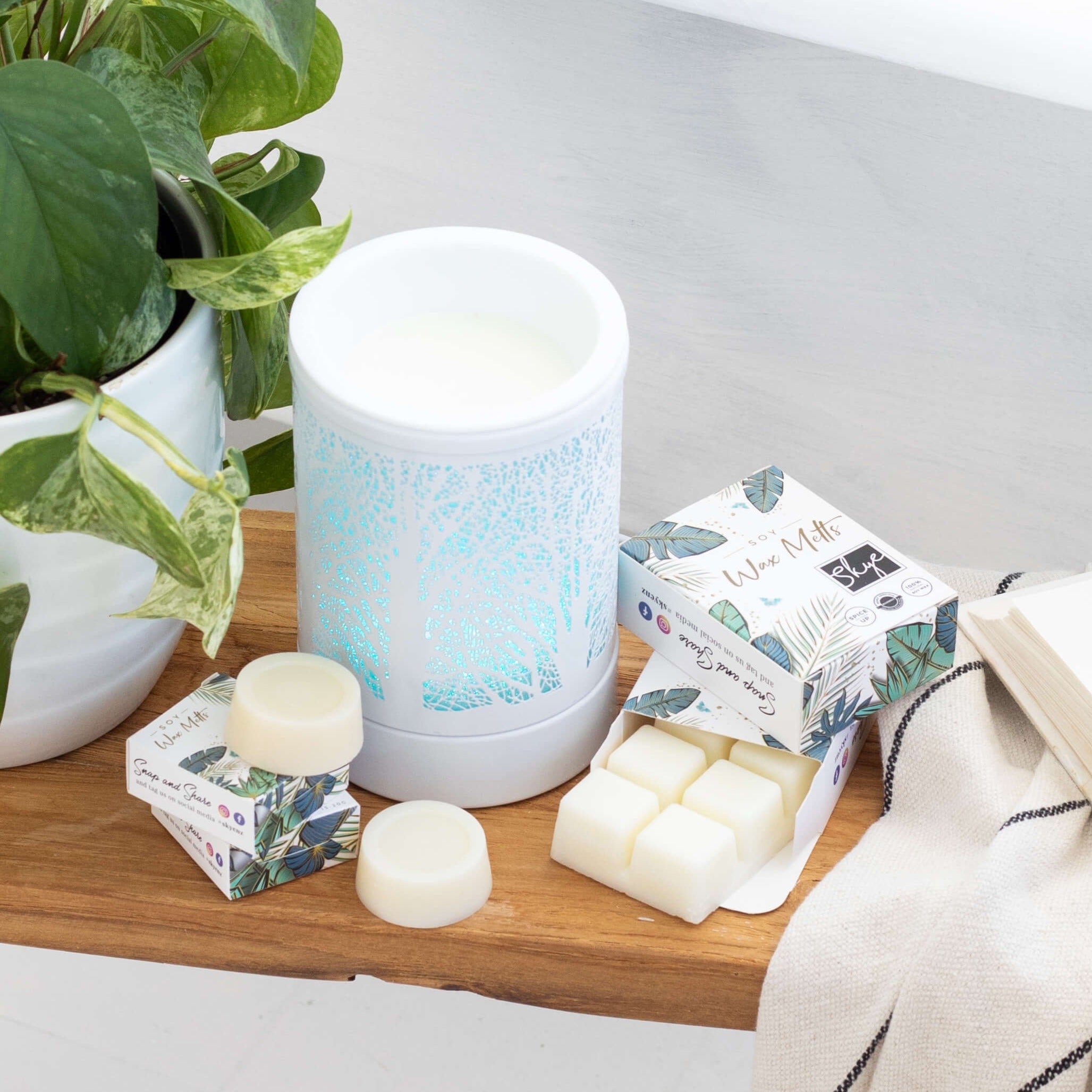
As the weather transitions to fall and winter, embrace warm and comforting scents such as cinnamon, pumpkin spice, or cedarwood. These rich and cozy fragrances can evoke a sense of nostalgia and warmth, making your space feel inviting and snug during the colder months.





